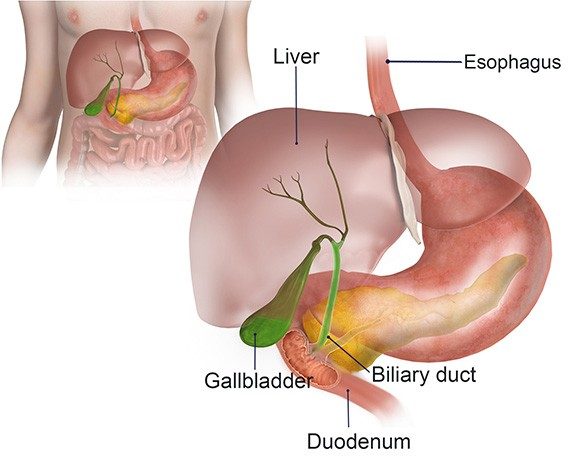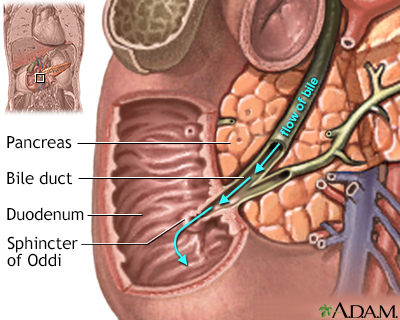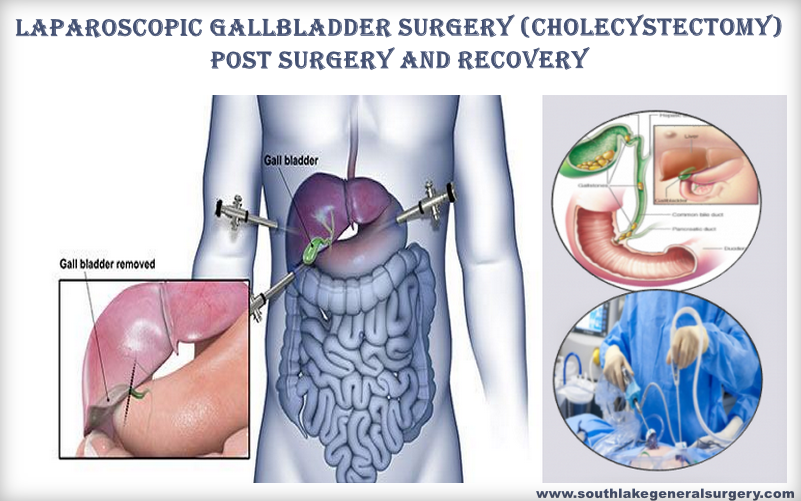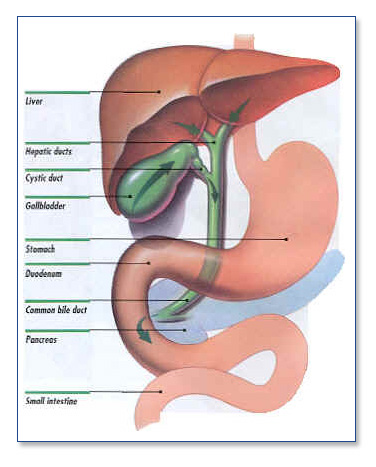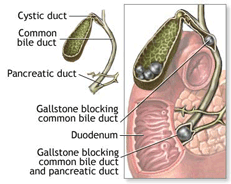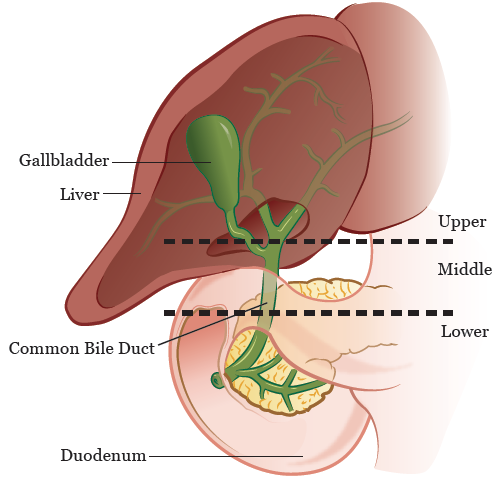Bile duct obstruction after gallbladder removal is possible due either to biliary tract injury from surgery or to the other potential causes.
Bile duct obstruction surgery recovery.
The recovery itself can last as long as 12 weeks.
Additionally biliary duct obstruction can recur after treatment.
What are the risk factors for a bile duct obstruction.
After this period if the duct would revert to inadequate bile flow without the drainage tube the specialists may attempt one or more stricture dilations.
Each condition that warrants an ercp varies with some requiring more extensive long term care than others.
A bile duct obstruction is when one of the tubes that carries bile between the liver gallbladder and small intestine becomes blocked.
Since gallstones are the main cause of a bile duct obstruction having a history of or being at risk of developing them increases your risk of an.
This incision is considered to be the main cause of discomfort in the recovery phase.
Part of your recovery involves ongoing treatment for the medical condition that contributed to your biliary obstruction.
Serious problems soon after surgery can include bile leakage into the abdomen infections and liver failure.
The bile duct can be found in the abdomen which makes for a long and large incision.
Normally the team will leave a biliary drainage tube in place for several weeks across a narrowed area as a kind of temporary stent.
This can lead to severe complications if left untreated and.

